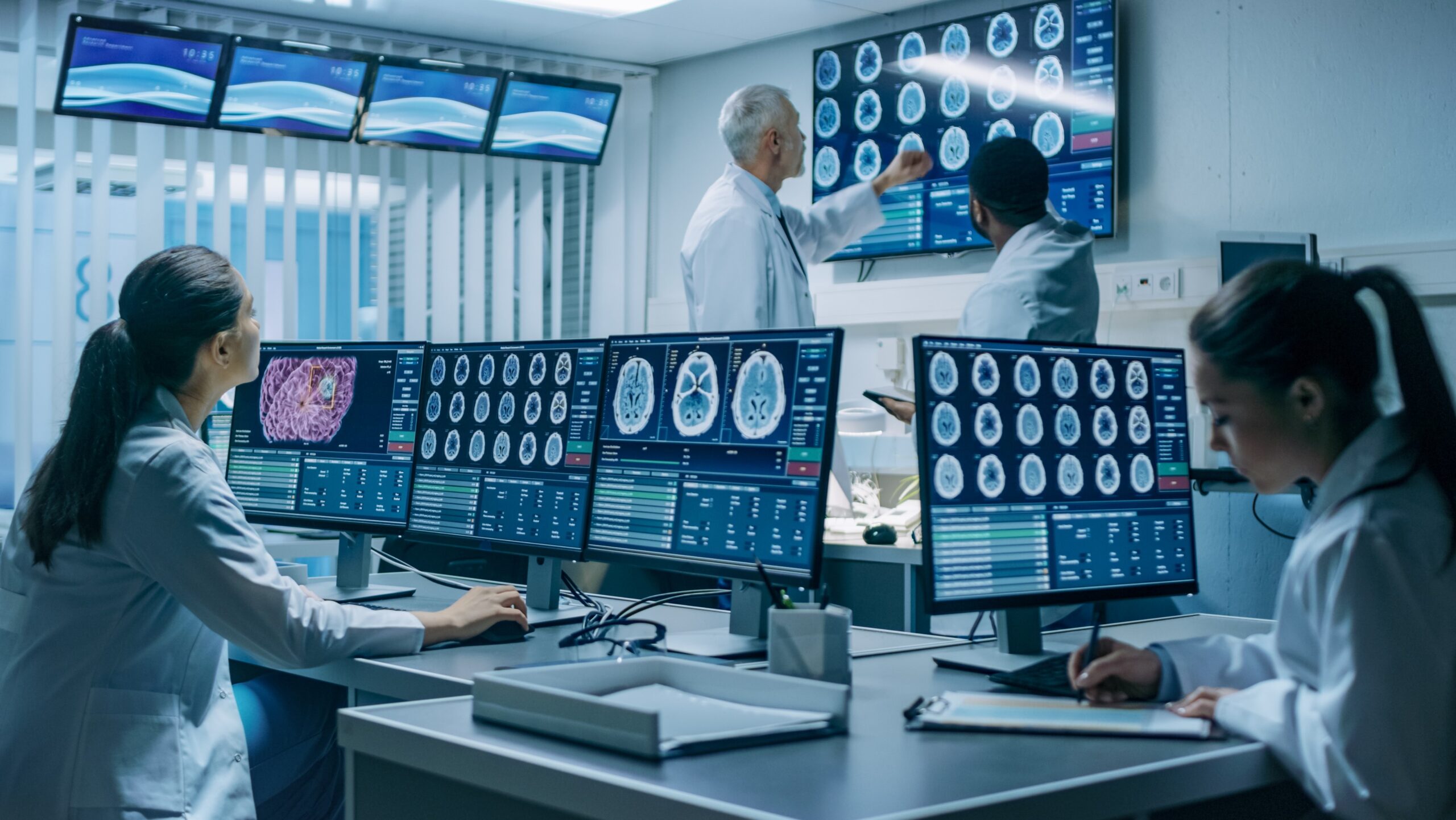

Immuno-Oncology and the Need to Review Drug Development
Immuno-Oncology drugs are considered as a breakthrough in cancer treatment because of their ability to target and enable immune cells to destroy cancer cells. Immunotherapies force us not only to review cancer treatment but also drug development.
The immune system is the body’s natural defence system, attacking dangerous cells and destroy them. Cancer cells have developed the ability to ‘hide’ from the immune system and thereby prevent an immune response. Immunotherapies aim to enable the immune system to fight cancer.
How?
Combination therapies first target the immune system to attack the cancer cells systematically. Second they empower the immune cells (T-cells) to destroy the cancer cells by making them visible to the T-cells (Immune checkpoint inhibitors).
The idea here is simple: T-cells must be close to cancer cells to enable the checkpoint antibodies to reveal the cancer cells and fight them.
What does it mean for the tumor microenvironment?
Immunotherapies cause different morphological and functional tumor changes than conventional therapies. The tumour might not shrink but just stop growing. Complex, non-uniform tumour shrinkage has been observed. Metabolic activity can even lead to an initial increase in the size of the tumour (pseudo-progression).
How does that relate to clinical trials?
Clinical trials in cancer drug development must proof the safety and efficacy of immunotherapies in certain cancer types. This is challenging in multiple ways: finding the right patients, designing a study with adequate methods to show efficacy, aligning with regulatory requirements as well as finding investors for the study.
Why is imaging and computer aided analysis crucial?
Conventional approaches in cancer drug development aim to show drug efficacy based on the assumption that morphological changes are significant. Imaging modalities such as CT in combination with RECIST-based scoring methods are commonly applied. Even though these methods have their place, for example in later stage clinical trials where the mode of action and drug efficacy has been understood and shown, they are not adequate to capture tumor microenvironmental changes caused by immunotherapies early and with scientific accuracy.
Why do we need to change drug development?
Applying not adequate methods in clinical trials has not only the danger to keep cancer patients on ineffective treatments for too long, waiting for a later response after pseudo progression, but also spending drug development investments unnecessarily and waiting for the next inflection point. Besides extending the trial unnecessarily, the question is if the applied methods are at all able to show the drug induced changes in the tumor.
Simple as in combination therapy: the right scientific methods must be applied to enable the clinical trial to reveal the drug efficacy.
Advanced imaging together with computer generated imaging biomarkers, carefully designed for a specific drug’s mode of action result in surrogate endpoints that have the potential to predict treatment response early. These imaging biomarkers can aid in patient stratification, early scientific efficacy evidence, early go/no-go decisions, adaptive trial design, efficient drug development financing as well as meeting inflection points early.
Contact us at contact@localhost to discuss strategic use of imaging in your clinical research studies.

